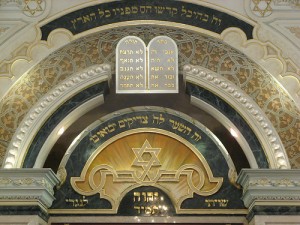The Jewish Moroccan Heritage, Your Morocco Tour Guide
December 24th, 2012
The busy medinas of Morocco with their maze of zig-zagging streets reveal the daily life as it was for Morocco’s jewish population who lived in the mellahs the walled-in old sections of the cities of Rabat, Fez, Marrakech and Casablanca. The daily haggling over food and handicrafts as the Muslim…



